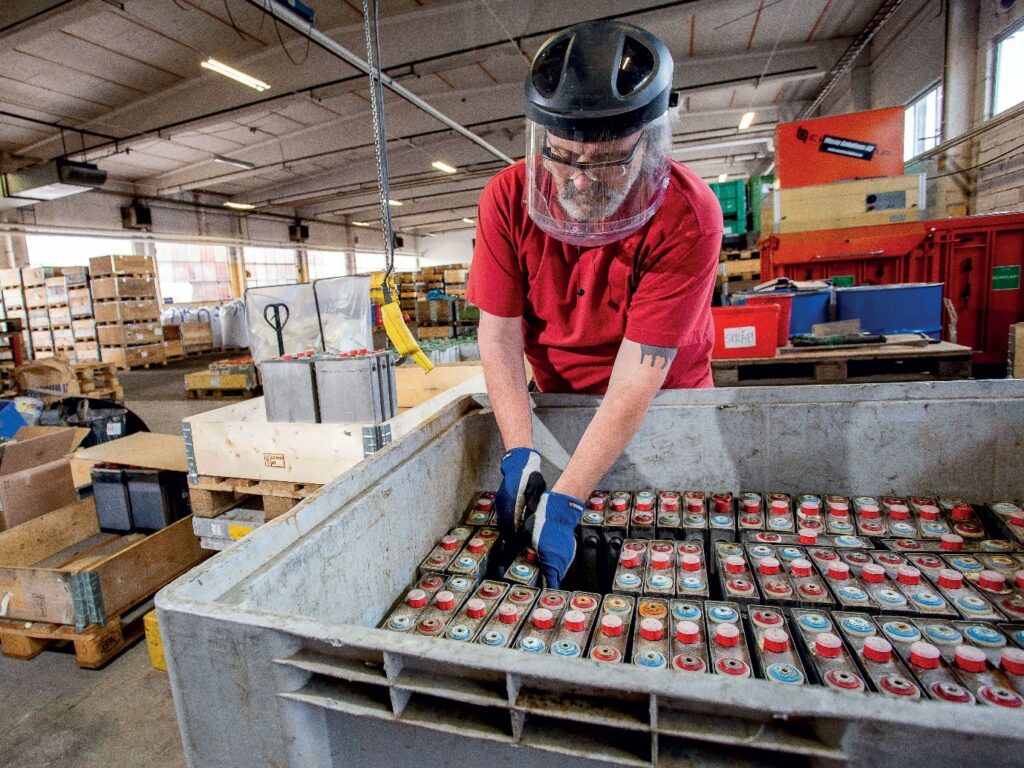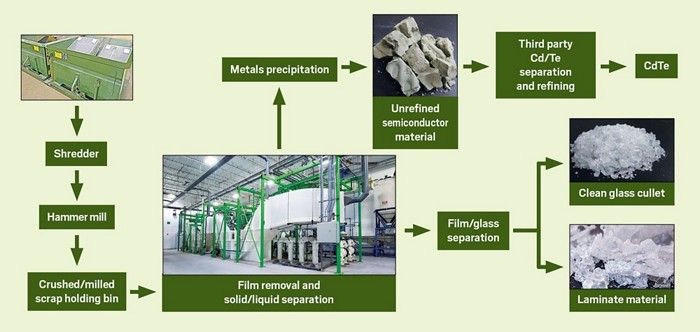About Cadmium
Recycling
Nickel-cadmium batteries are virtually 100% recyclable once they have been collected.
Recycling
Collection and Recycling of Nickel-Cadmium (NiCd) Batteries
Nickel-cadmium batteries are recyclable in excess of 75% by weight once they have been collected. Today, there are 6 major NiCd battery recycling plants located in the United States, Europe and Asia capable of recycling approximately 20,000 mt of industrial and consumer NiCd batteries (the latter are still placed on the market outside of the EU and arising as waste batteries in the EU) and their production scraps.

National Collection and Recycling Associations (NCRAs) have been created around the world to promote the collection and recycling of all batteries, both from the general public and from industrial consumers. Some of them focus more specifically on rechargeable batteries and on NiCd batteries in particular. Call2recycle organizes and promotes rechargeable battery collection in the United States and Canada, while the Battery Association of Japan maintains similar rechargeable battery collection programs in Japan. Nickel-cadmium battery collection programs in Europe are now being organized and promoted by Eucobat which maintains a complete listing of national collection organizations and recyclers throughout Europe. The OECD website shows a list with locations and contacts worldwide where used Nickel-Cadmium batteries can be dropped off for recycling.
Recycling
Collection and recycling of thin film photovoltaic cells
Current thin-film PV module recycling processes recover more than 90% of a CdTe PV module at the end of its useful life for reuse in new solar, glass and rubber products. This includes over 90% of the CdTe semiconductor material. In addition to delivering competitive and reliable solar electricity globally, CdTe PV modules therefore provide an ecologically leading solution to climate change, energy security, water scarcity and the circular economy. Recycling plants for CdTe PV modules are currently operational at a commercial scale in the United States, Germany, Malaysia, and Vietnam.


